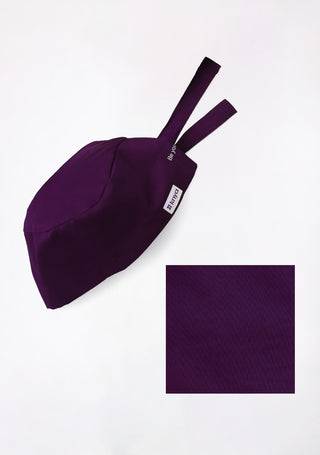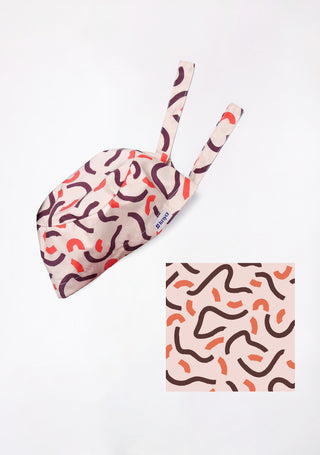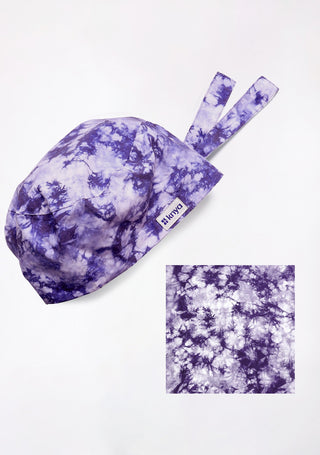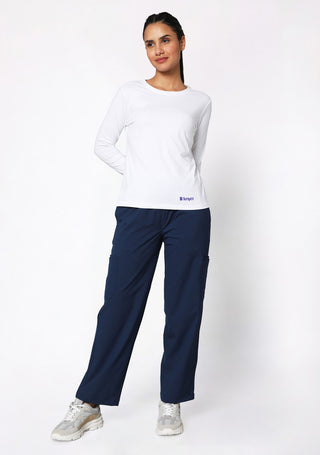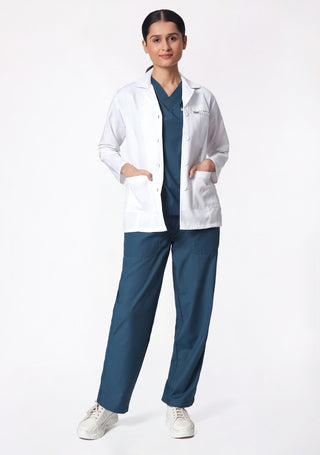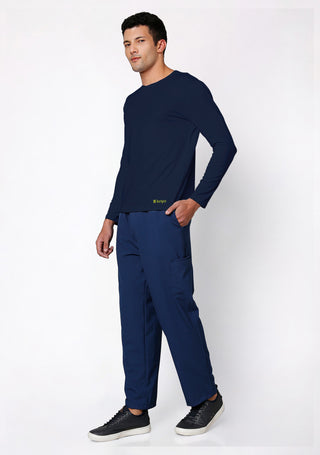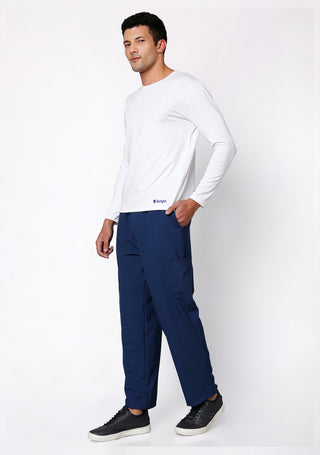Scrubs are more than just a uniform for healthcare professionals; they play a fundamental role in infection control. Designed to minimize contamination, scrubs act as a protective barrier between medical staff and potentially harmful pathogens. Adhering to medical guidelines, choosing the right materials and fit, and following proper maintenance practices further enhance the effectiveness of scrubs in preventing infections.
Scrubs and Infection Control
Infection control is a critical concern in healthcare environments, where the risk of pathogen transmission is high. Medical professionals come into contact with various infectious agents, including bacteria, viruses, and fungi, which can spread through direct and indirect contact. Scrubs serve as a protective barrier, reducing the risk of cross-contamination between healthcare workers, patients, and hospital surfaces.
One of the primary reasons scrubs are effective in infection control is their ability to minimize the spread of microorganisms. Unlike casual clothing, scrubs are designed to be worn only within healthcare facilities, preventing external contaminants from being introduced into sterile environments. Additionally, scrubs are made of materials that can withstand frequent washing and disinfection, ensuring that they remain clean and free from harmful pathogens.
For our male healthcare professionals, we offer a wide range of comfortable and stylish scrubs for men, designed to enhance both comfort and professional image
Medical Guidelines for Scrubs
Healthcare institutions follow strict medical guidelines regarding the use of scrubs to maintain hygiene standards. These guidelines, set by organizations such as the Centers for Disease Control and Prevention (CDC) and the World Health Organization (WHO), ensure that scrubs contribute to infection prevention. Some of the key guidelines include:
- Dedicated Use: Scrubs should be worn exclusively within medical facilities and not outside to prevent contamination.
- Frequent Changing: Healthcare professionals must change into fresh scrubs at the beginning of each shift and replace them immediately if they become soiled or contaminated.
- Proper Laundering: Hospital scrubs should be washed at high temperatures (above 60°C) with medical-grade disinfectants to eliminate pathogens.
- Use of Personal Protective Equipment (PPE): Scrubs should be paired with additional protective gear, such as gloves, masks, and gowns, in high-risk environments.
- Storage and Handling: Clean scrubs should be stored in a designated area to prevent exposure to contaminants before use.
By following these guidelines, healthcare institutions can ensure that scrubs contribute effectively to infection control measures.
Design and Material Considerations in Scrubs
The design and material of scrubs play a vital role in infection control. Traditionally, scrubs were made of simple cotton fabric, but modern advancements have led to the development of antimicrobial and fluid-resistant materials that enhance protection.
Material Choices for Infection Control
- Cotton-Polyester Blends: These fabrics provide durability, comfort, and ease of maintenance while withstanding frequent washing.
- Antimicrobial Fabric: Some scrubs are infused with antimicrobial agents, such as silver nanoparticles, to reduce bacterial growth on the fabric surface.
- Fluid-Resistant Materials: Scrubs made of fluid-repellent fabrics help protect healthcare workers from exposure to bodily fluids and other contaminants.
- Breathable and Moisture-Wicking Fabric: Scrubs that wick away moisture reduce the accumulation of sweat, which can harbor bacteria and cause discomfort during long shifts.
Design Features That Enhance Safety
- Minimal Pockets: Excessive pockets can collect bacteria and become difficult to clean, so many medical scrubs feature a minimalistic design.
- Well-Fitted Cuffs and Necklines: Loose clothing can increase the risk of contamination, so scrubs with properly fitted cuffs and necklines are preferred.
- Easy-to-Remove Closures: Snap or tie closures allow healthcare workers to quickly remove contaminated scrubs without spreading pathogens.
The combination of high-quality materials and thoughtful design enhances the overall effectiveness of scrubs in preventing infections.
Other Factors in Infection Control: The Fit of the Scrub
The fit of scrubs is another critical factor in infection control. Scrubs that are too tight can be uncomfortable and restrict movement, while overly loose scrubs may drag on surfaces or come into contact with contaminated areas.
Importance of a Proper Fit:
- Mobility: Well-fitted scrubs allow healthcare workers to move freely without adjusting their clothing frequently.
- Reduced Cross-Contamination: Scrubs that fit properly reduce the chances of brushing against contaminated surfaces.
- Professional Appearance: A well-fitted uniform promotes a professional image and instills confidence in patients and colleagues.
Medical professionals should choose scrubs that provide a balance between comfort and a secure fit, ensuring both safety and ease of movement.
Tired of stiff, uncomfortable scrubs? Order the best jogger scrubs here and experience the difference
Regular Maintenance of Scrubs
Proper maintenance of scrubs is essential to ensure their effectiveness in infection control. Hospitals and healthcare facilities often have strict protocols for laundering and handling scrubs.
Best Practices for Scrub Maintenance:
- Daily Washing: Scrubs should be washed after every shift to remove bacteria, bodily fluids, and other contaminants.
- High-Temperature Washing: Washing scrubs at temperatures above 60°C helps eliminate harmful microorganisms.
- Use of Hospital Laundry Services: Many healthcare institutions provide professional laundry services to ensure proper disinfection.
- Separate Washing: Scrubs should be washed separately from personal clothing to prevent cross-contamination.
- Proper Storage: Clean scrubs should be stored in a designated area away from potential contaminants.
By adhering to these maintenance guidelines, healthcare professionals can maximize the infection-control benefits of scrubs.
Knya Meds: Extensive Choice of Scrubs for Healthcare Professionals
Knya Meds is a leading provider of high-quality scrubs designed specifically for healthcare professionals. They offer an extensive range of scrubs that combine comfort, durability, and infection-control features to meet the demands of modern medical environments.
Why Choose Knya Meds Scrubs?
- Antimicrobial Protection: Knya Meds scrubs are made with antimicrobial fabrics that inhibit the growth of bacteria and keep healthcare workers safe.
- Fluid-Resistant Options: Some scrubs are designed with fluid-repellent properties to protect against spills and splashes.
- Comfort and Fit: With a variety of styles and sizes, Knya Meds ensures that healthcare professionals find scrubs that fit well and provide ease of movement.
- Breathable and Lightweight Fabrics: Their scrubs are designed to keep professionals cool and comfortable during long shifts.
- Easy Maintenance: Knya Meds scrubs are machine washable and resistant to wear and tear, making them ideal for daily use in demanding healthcare settings.
By offering a combination of infection-control features and comfort, Knya Meds helps healthcare professionals maintain high hygiene standards while feeling confident and at ease in their work environment.

